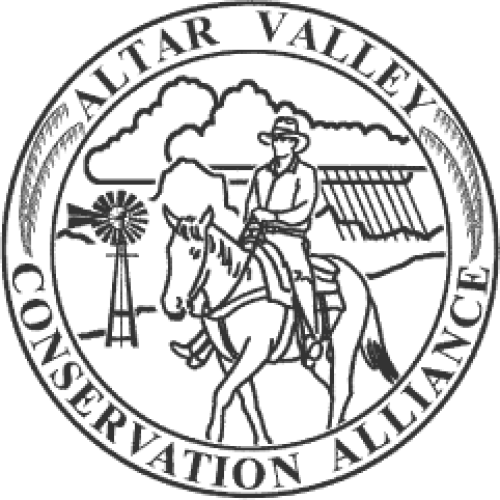FERC issues Final Environmental Impact Statement on Sierrita Pipeline Project (Docket Nos. CP13-73-000 and CP13-74-000)
Issued: March 28, 2014
The staff of the Federal Energy Regulatory Commission (Commission or FERC) has prepared a final environmental impact statement (EIS) for the Sierrita Pipeline Project (or Project).
The proposed Project facilities include approximately 61 miles of new 36-inch-diameter natural gas pipeline in Pima County, Arizona and the following associated facilities:
two meter stations;
two pig launchers and two pig receivers1; and
six mainline valves.
The EIS has been prepared in compliance with the requirements of the National Environmental Policy Act (NEPA), the Council on Environmental Quality regulations for implementing NEPA (40 Code of Federal Regulations [CFR] 1500–1508), and FERC regulations implementing NEPA (18 CFR 380).
The conclusions and recommendations presented in the EIS are those of the FERC environmental staff. Input from the U.S. Fish and Wildlife Service (FWS) – Arizona Ecological Services Office, the FWS – Buenos Aires National Wildlife Refuge, the Arizona Game and Fish Department, and the U.S. Customs and Border Protection as cooperating agencies was considered during the development of our conclusions and recommendations; however, these agencies would present their own conclusions and recommendations in their respective Records of Decision, and would adopt the final EIS per 40 CFR 1506.3 if, after an independent review of the document, they conclude that their permitting requirements have been satisfied.
FERC staff concludes that construction and operation of the Project would result in limited adverse environmental impacts. This determination is based on a review of the information provided by Sierrita and further developed from data requests; field investigations; scoping; literature research; alternatives analyses; and contacts with federal, state, and local agencies, Native American tribes, and other stakeholders. Approval of the Project would have some adverse environmental impacts, but most of these impacts would be reduced to less-than-significant levels. Although many factors were considered in this determination, the principal reasons are:
Sierrita would minimize impacts on natural and cultural resources during construction and operation of the Project by implementing its Upland Erosion Control, Revegetation, and Maintenance Plan; Wetland And Waterbody Construction and Mitigation Procedures; Reclamation Plan; Post-Construction Vegetation Monitoring Document; Noxious Weed Control Plan; Fugitive Dust Control Plan; Blast Plan; Site-Specific Horizontal Directional Drill Crossing Plan for the CAP Canal; HDD Contingency Plan and Feasibility Assessment; Hydrostatic Testing Best Management Practices Plan; Spill Prevention, Control, and Countermeasures Plan; Fire Protection Plan; and Unanticipated Discovery Plan;
the FERC staff would complete Endangered Species Act consultations with the FWS prior to allowing construction to begin;
the FERC staff would complete the process of complying with section 106 of the National Historic Preservation Act and implementing the regulations at 36 CFR 800 prior to allowing construction to begin; and
an environmental inspection and mitigation monitoring program would ensure compliance with all mitigation measures that become conditions of the FERC authorizations and other approvals.
The FERC Commissioners will take into consideration staff’s recommendations when they make a decision on the Project.
Source: Federal Energy Regulatory Commission http://www.ferc.gov/industries/gas/enviro/eis/2014/03-28-14-eis.asp

Reports and other documents about Sonoran Desert ecology, management, and conservation. Curated by the not-for-profit Altar Valley Conservation Alliance (AVCA) located outside Tucson, AZ.